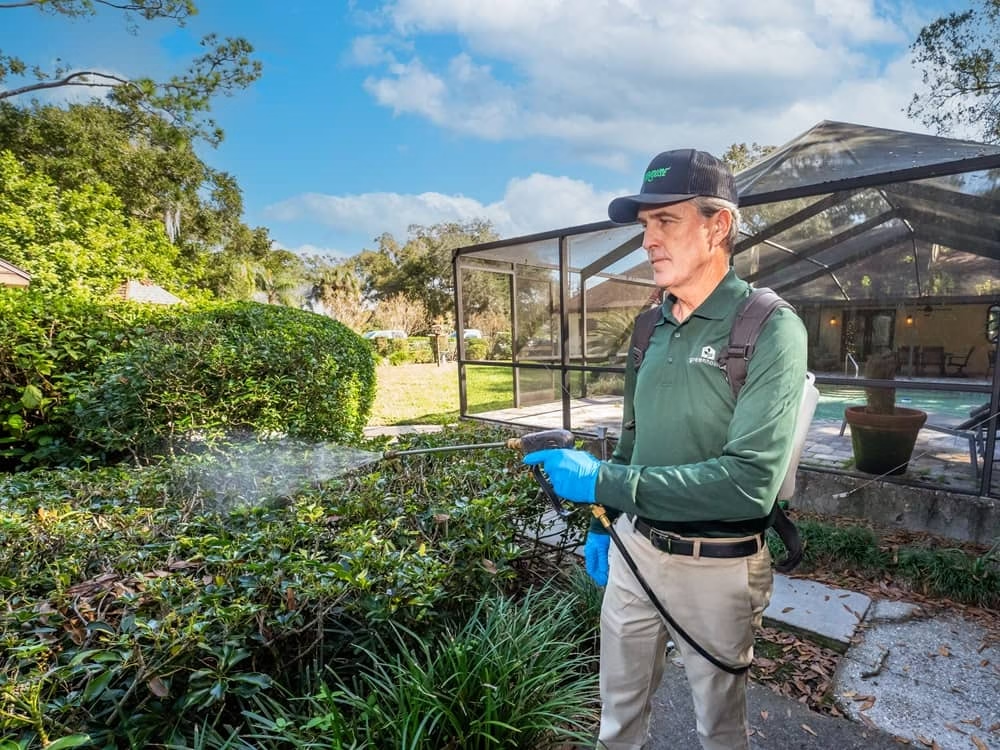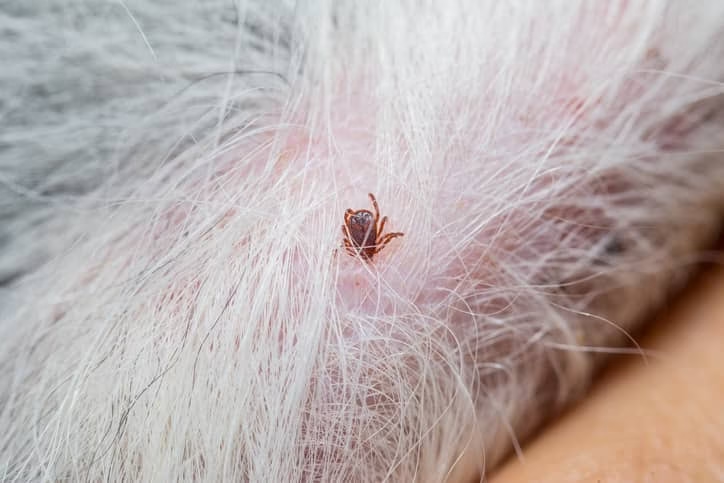When most people think of pests, they imagine large, intimidating insects like cockroaches or spiders. But some of the most troublesome household pests are the smallest. These tiny invaders may seem harmless at first glance, but they can cause significant problems in your home, from property damage to health risks. Understanding which pests fall into this category and how to stop them is the first step toward protecting your home and family.
Ants: Persistent and problematic
Ants are one of the most common “tiny invaders.” Once they discover a reliable food source in your home, they leave behind scent trails that lead entire colonies indoors. Even though they’re small, ants can contaminate food, damage wood (in the case of carpenter ants), and spread bacteria across your kitchen surfaces. DIY sprays often only kill the ants you see but do nothing to reach the hidden colony and queen that keep the infestation alive.

Silverfish: Silent Destroyers of Belongings
Silverfish are another small bug that can cause outsized damage. These nocturnal pests thrive in humid spaces like bathrooms, attics, and basements. While they don’t bite, they feed on starchy materials like books, wallpaper glue, and even clothing. If you’ve ever found small holes in your favorite shirt or noticed yellow stains on paper, silverfish could be to blame. Left unchecked, their presence can slowly eat away at your belongings.
Pantry Pests: Tiny Hitchhikers in Your Food
Weevils, flour beetles, and other pantry pests are experts at sneaking into food packages. These bugs are so small that they’re often mistaken for food particles until they start crawling around. Pantry pests contaminate dry goods like rice, flour, and cereal, leading to wasted groceries and costly replacements. Storing food in airtight, weevil-proof containers is one way to prevent infestations, but once these bugs are established, professional treatment may be necessary.
Fleas: Small but Highly Aggressive
For pet owners, fleas are one of the worst small pests to deal with. These blood-feeding insects can make pets miserable with constant itching and even lead to skin infections or tapeworm transmission. Fleas don’t just stay on pets, they hide in carpets, furniture, and cracks in flooring, making them hard to eliminate. A single flea can lay dozens of eggs in just a few days, which is why infestations can spiral out of control so quickly.
The Real Problem with Small Bugs

What makes tiny bugs especially frustrating is how easily they spread. Their size allows them to slip through cracks, gaps, and crevices that you might not even notice. On top of that, they reproduce quickly, meaning a small problem can become a full infestation in a matter of weeks. Many homeowners attempt DIY treatments, but sprays and traps often don’t reach the root of the infestation, which is why these pests tend to come back.
How to Keep Tiny Pests Away
The key to managing these small invaders is prevention and professional control. Start by sealing food in airtight containers, reducing indoor moisture with proper ventilation, and keeping your home clean to limit attractants. Regularly vacuum carpets, especially if you have pets, and check for gaps or cracks around windows, doors, and baseboards. For persistent or large-scale infestations, contacting a professional pest control company is the best way to not only eliminate the pests you see but also target the hidden sources of the problem.
Get Proactive Prevention
Small bugs may not look like they are threatening, but they can cause big headaches for homeowners. From damaging your food and clothes to making pets and family members uncomfortable, these tiny invaders are far from harmless. With proactive prevention and expert help, you can protect your home from the hidden dangers of small pests and keep them from taking over your space.
Our mission is to provide readers with expert insights, practical advice, and the latest trends in business, technology, lifestyle, and more. We aim to inspire and empower our audience with high-quality articles that are both engaging and educational.


